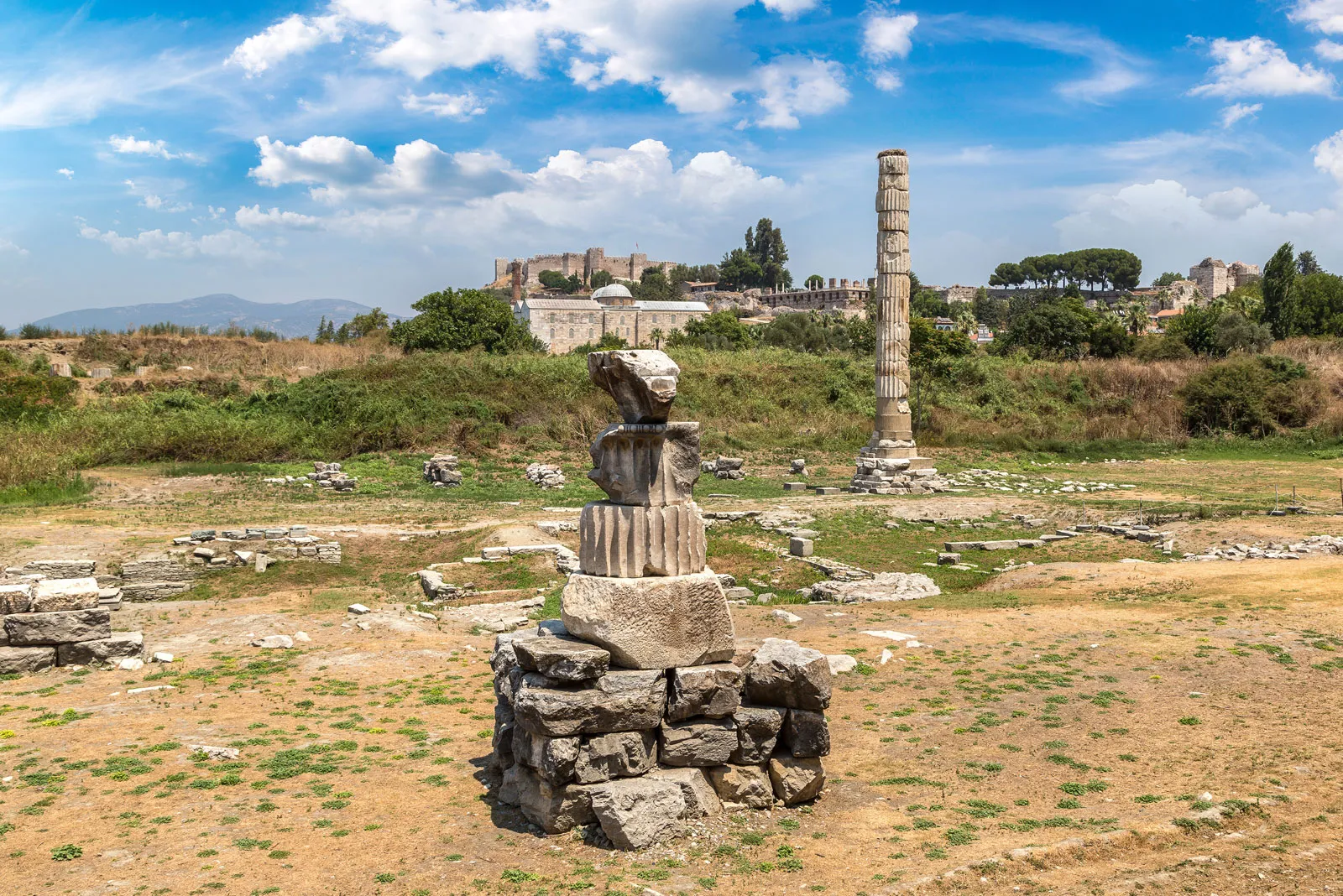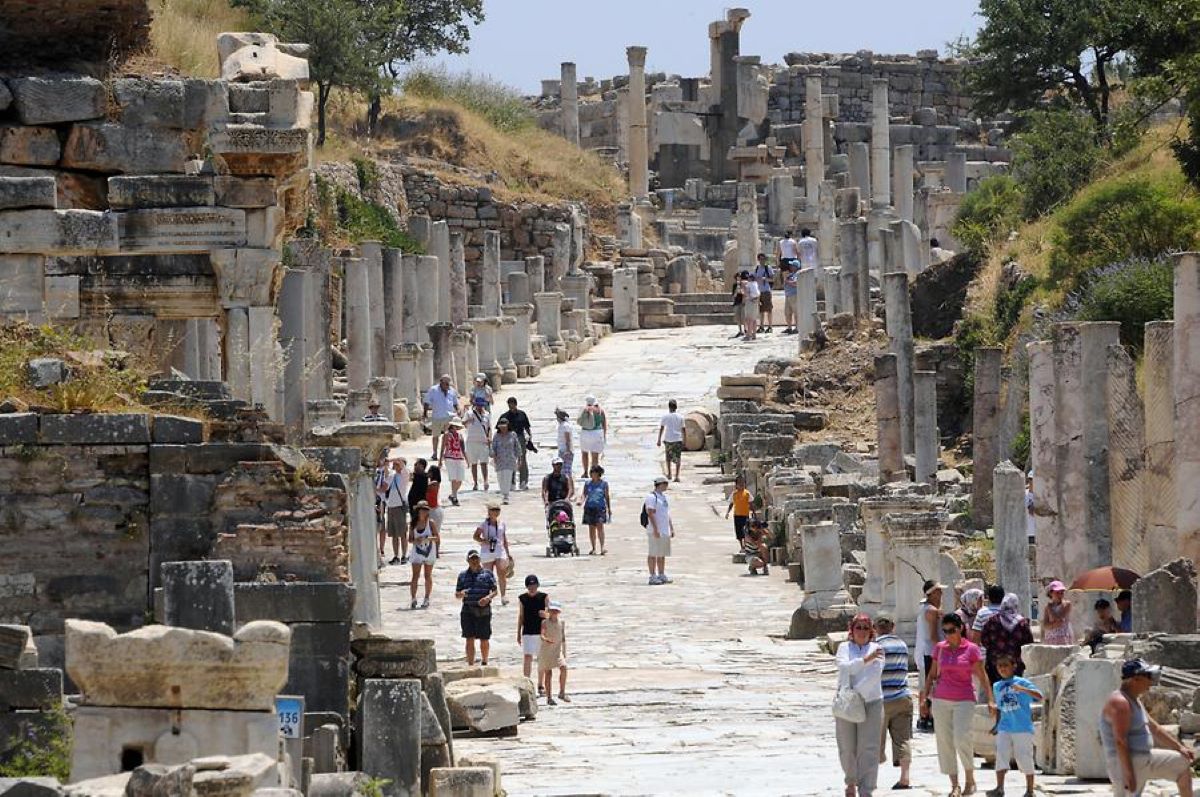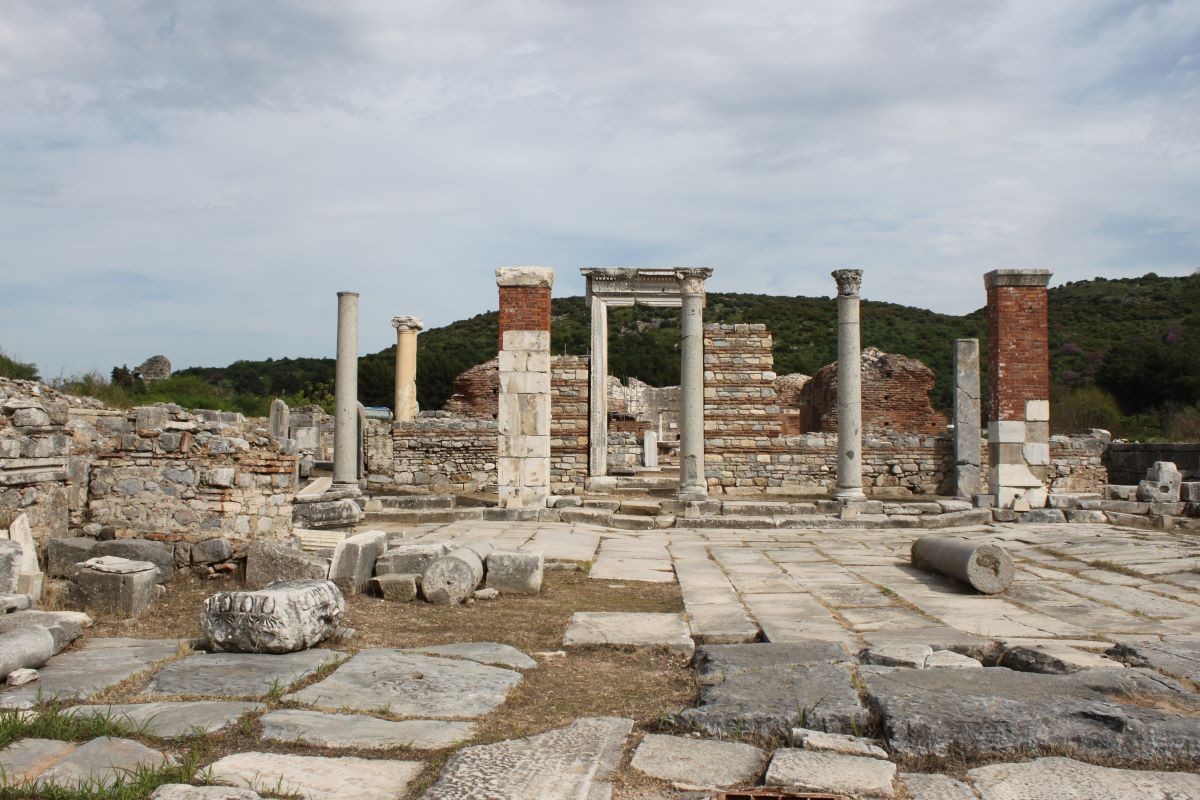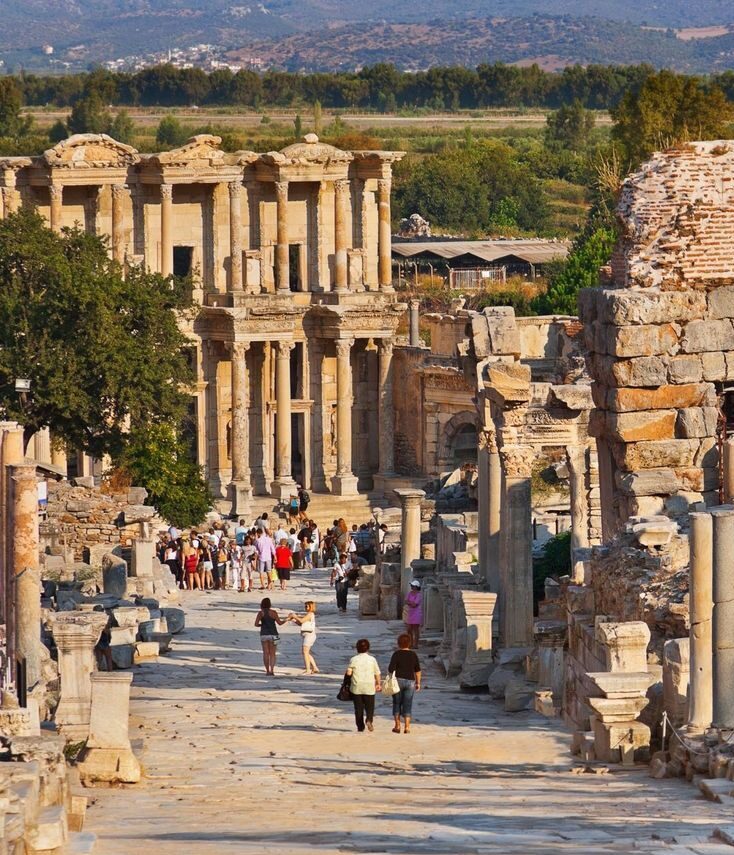The ancient city of Ephesus is a site of remarkable historical significance, with a…

Uncovering the Pagan Traditions of Ephesus
Ephesus was considered one of the most important centers of worship for the goddess Artemis, who was known as the goddess of fertility, childbirth, and wild animals. The temple of Artemis in Ephesus was one of the Seven Wonders of the Ancient World and was renowned for its grandeur and magnificence. The temple attracted pilgrims and worshippers from far and wide, who came to offer sacrifices and make offerings to the goddess.
Artemis was one of the most important deities in the Greek pantheon and her worship was particularly prominent in the ancient city of Ephesus. The Temple of Artemis in Ephesus was one of the largest and most impressive temples in the ancient world, measuring 425 feet long and 220 feet wide. The temple was built in the mid-6th century BCE and was rebuilt several times over the centuries.
Artemis was primarily associated with fertility, the hunt, and childbirth, and was often depicted as a maiden huntress carrying a bow and arrows. In Ephesus, she was also associated with the goddess Cybele, who was worshipped as the “Great Mother” and was thought to be the patroness of the city.
The worship of Artemis in Ephesus was marked by various festivals and rituals, including the Artemisia festival, which was held annually in her honor. During this festival, which lasted for several days, the people of Ephesus would hold processions, perform sacrifices, and engage in various forms of entertainment and revelry.
During the Roman period, the city of Ephesus underwent a period of transformation, with new monumental structures and public buildings being constructed, including the large temple dedicated to Emperor Augustus. This temple was a symbol of the power and influence of the Roman Empire and served as a center of civic life in the city.
The temple of Artemis in Ephesus was also a center of trade and commerce, as pilgrims from all over the ancient world would come to pay their respects to the goddess and leave offerings in her temple. The temple’s wealth and prestige also made it a target for looting and destruction by various invading armies, including the Persians, who burned it down in 356 BCE. Despite the temple’s destruction, the worship of Artemis in Ephesus continued throughout the city’s history, and the goddess remained an important symbol of the city’s identity and heritage.
Ephesus was also a center of pagan festivals and rituals, with the most important being the Panathenaic Games, which were held in honor of the goddess Athena. These games featured athletic and cultural competitions and were attended by people from all over the Mediterranean world.
In addition to its religious and cultural significance, Ephesus was also a center of philosophical thought and education. The city was believed to be the birthplace of several ancient Greek philosophers, including Heraclitus and Anaxagoras. These thinkers contributed to the development of pagan philosophy, with their ideas and theories influencing later philosophical schools of thought.
Despite the dominance of pagan religion in Ephesus, the city was also home to a significant Christian community, with the apostle Paul believed to have visited the city and established a Christian congregation there. The spread of Christianity in Ephesus eventually led to the decline of pagan worship in the city.
Today, visitors to Ephesus can explore the ruins of the city’s ancient structures and learn about the pagan beliefs and traditions that were once so central to its cultural and religious life. The city remains an important site for understanding the history of ancient pagan religion and its influence on the development of Western civilization.




This Post Has 0 Comments